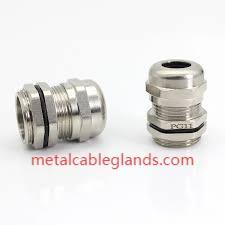Mercaptan Market Analysis: Drivers, Challenges, and Forecasts
The mercaptan market has been gaining significant traction as industries increasingly recognize the versatility of this sulfur-based compound. Mercaptans, also known as thiols, are organic compounds characterized by their pungent odor, which makes them invaluable in safety applications such as natural gas odorization. The global demand for mercaptans has been driven by their applications across industries ranging from pharmaceuticals to agrochemicals, plastics, and oil & gas. As governments enforce stricter safety protocols in gas distribution networks, the use of mercaptans as warning agents has expanded considerably.
In the specialty chemicals segment, mercaptans serve as intermediates in producing stabilizers, polymers, and additives. Their role in creating antioxidants and curing agents for rubber enhances durability, making them indispensable in automotive and industrial manufacturing. Additionally, mercaptans act as chain transfer agents in polymerization processes, providing improved molecular weight control. This adaptability to multiple applications underlines why the mercaptan market is poised for steady growth.
The agricultural sector is another critical consumer of mercaptans. With increasing food demand and the adoption of high-performance pesticides, mercaptans are being used as intermediates in crop protection formulations. These help manufacturers develop advanced agrochemicals that support higher yields and safeguard crops against pests and diseases. The pharmaceutical sector is also embracing mercaptans as essential building blocks for synthesizing therapeutic drugs, including cardiovascular and cancer treatments.
Despite their benefits, the market faces certain challenges such as odor management, environmental concerns, and regulatory restrictions. However, continuous innovations in processing technologies have enabled manufacturers to improve product purity and minimize environmental impact. The Asia-Pacific region remains a lucrative market due to expanding industrial activities, population growth, and supportive regulations. North America and Europe, meanwhile, emphasize innovation and stringent safety compliance, creating opportunities for premium-grade mercaptans.
Looking ahead, the mercaptan market is expected to expand as new applications emerge and industries focus on efficiency and sustainability. With rising investments in energy infrastructure, healthcare, and agriculture, mercaptans will remain vital intermediates that drive innovation and safety across multiple sectors.







